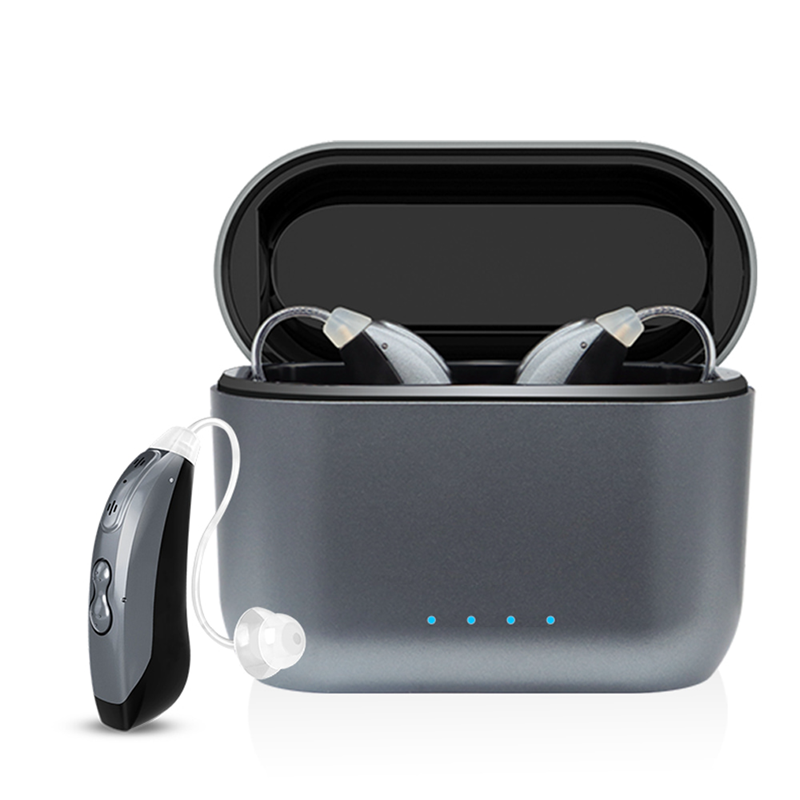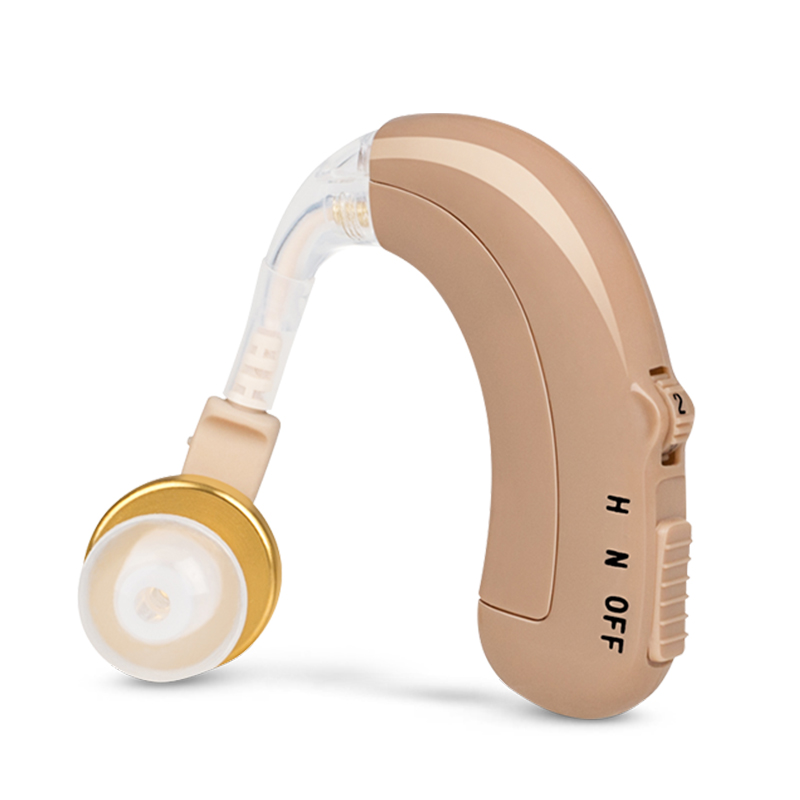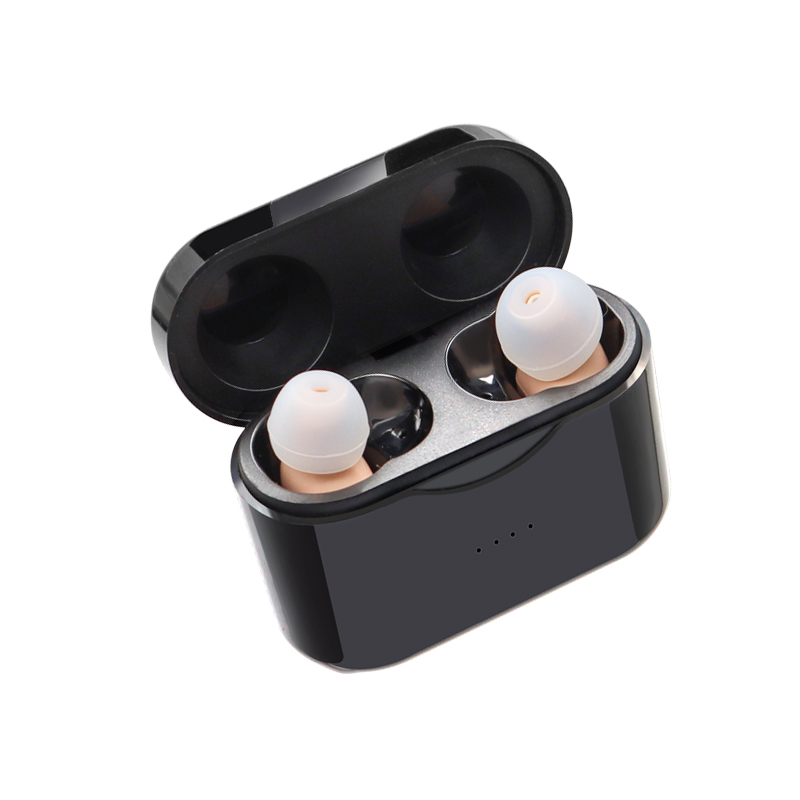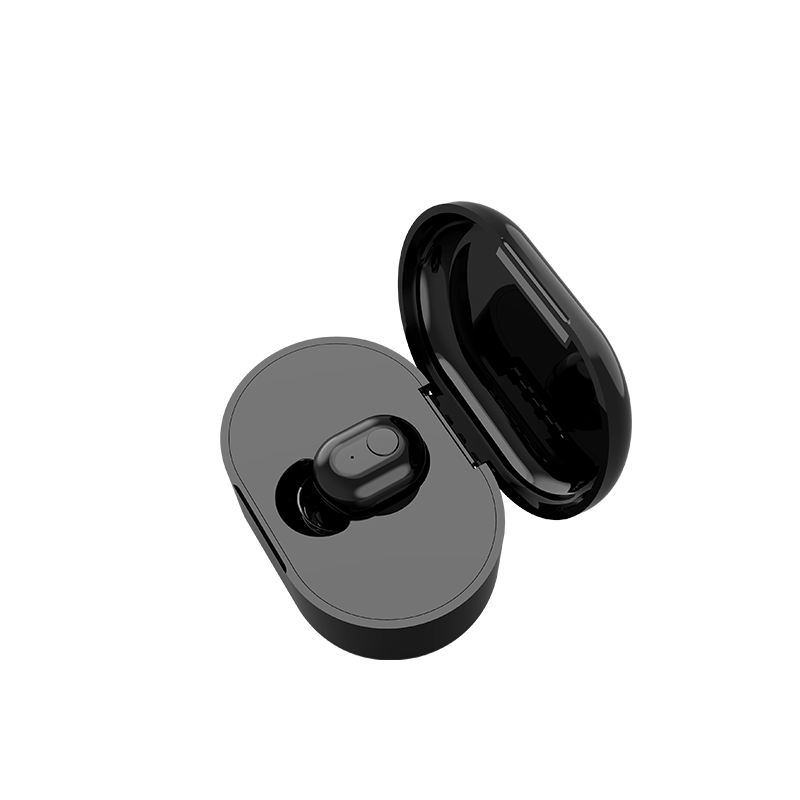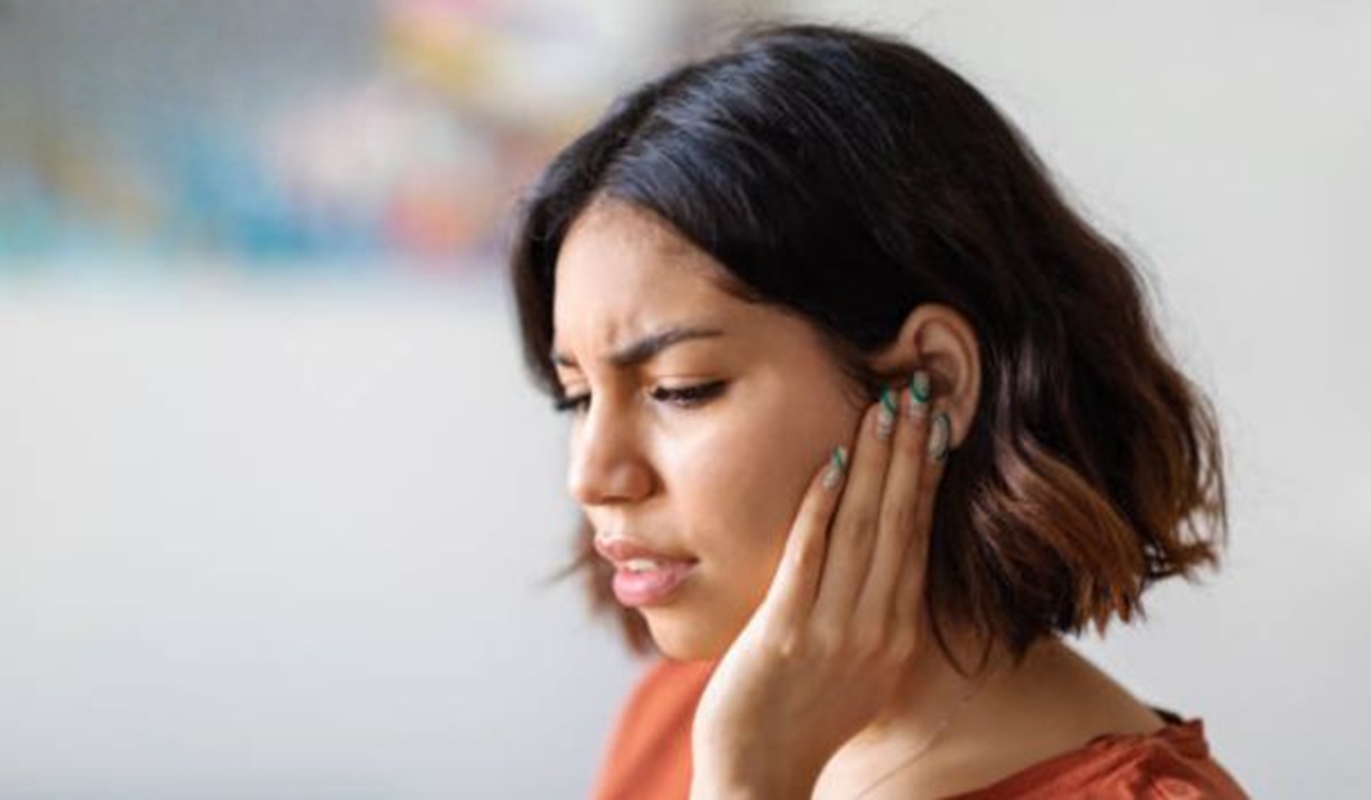Key points:
-
In the US, nearly all newborns receive a hearing screen before leaving the hospital. The screening is painless and harmless.
-
For new parents, this can cause some anxiety, especially if your baby needs further testing.
-
If your baby does have hearing loss, early and ongoing treatment is important to avoid any language delays.
In the U.S., nearly all newborn babies receive a hearing screening soon after birth. This is required by Early Hearing Detection and Intervention laws, which now exist in all 50 states.
About 2 or 3 out of every 1,000 babies born have some degree of hearing loss, according to the U.S. Centers for Disease Control and Prevention. Newborn screenings ensure that hearing loss in infants is detected and treated early.
For parents, the process can be a bit unsettling, especially if your baby's initial test results require follow-up. It's normal to feel some anxiety and to have a lot of questions. With that in mind, let's look at how newborn screening works, and what it may mean if your child needs additional testing:
How newborn hearing screening works

and painless.
The most important thing to know is that newborn hearing screenings are safe and comfortable. Many infants sleep through the entire procedure, which takes a few minutes.
The two most common tests your newborn may receive:
- Otoacoustic emissions testing (OAE), which measures your baby’s response to sound by placing a miniature earphone and microphone in the ear. Normal hearing triggers an echo into the ear canal, which is measured by the microphone. If your baby has hearing loss, no echo is recorded. The screening is done on each ear. A passing result confirms that the infant’s inner ears are receiving sound.
- Auditory brainstem response testing (ABR) measures how the auditory nerve responds to sound through small electrodes placed on your baby’s head. This screening is a more complete test of the auditory system, and it requires small electrodes to be taped to the baby's scalp. The screening is again done for each ear and a passing result confirms that the infant’s brain is receiving sound.
Your baby may have both tests together, or just one of the tests. Hospitals determine which tests they use based on costs, personnel and the number of babies born. (If your child was born at home, you should can schedule an appointment with a pediatrician, local audiologist, or hospital or clinic to perform a screening.)
According to EHDI programs, babies should receive this screening before one month of age.
Next steps if your baby needs additional testing
If your infant doesn't pass the initial hearing screening, it's important schedule a follow-up screening with a pediatric audiologist within a couple of weeks. Many different things can cause inconclusive results, including fluid in the ear, which may still be present in the ear canal right after birth.
A follow-up visit for further testing will help determine whether or not your infant does have hearing loss, to what degree, and whether or not it is permanent and/or in need of treatment.
Your pediatrician also may recommend seeing a specialist or a geneticist to determine if you baby's hearing loss is hereditary.
If your baby is a preemie
Being born early puts a baby an increased risk for developing hearing loss, particularly if born before about 32 weeks. Newborns admitted to the NICU have hearing loss at a rate of 3 to 6 out of every 100, much higher than the national average.
If your child was born prematurely, it may be important to seek follow-up audiological testing even if the first newborn screening came back as normal. Some problems may not develop until later. Be sure to speak with your pediatrician to discuss follow-up hearing care options.
Treating hearing loss in babies
If hearing loss is confirmed, hearing aids are often the next step. Experts recommend doing this as quickly as possible, while your child is still an infant.
Hearing devices
One of the most common ways to treat hearing loss is with pediatric hearing aids or a cochlear implant. Hearing aids can be used for mild to severe hearing loss, while cochlear implants are used for those with profound hearing loss. A hearing health professional can help you determine which option is best for your child.
Language and communication
In addition to hearing devices, your child may learn language and communication with one of the following methods:
- American Sign Language is a rich, distinct language with its own syntax and grammar which uses hand signs, gestures, body movements and facial expressions.
- Cued speech combines hand movements with mouth shapes to make the sounds of traditional spoken language look different.
- Auditory-oral learning uses your child’s natural hearing ability along with lipreading and hearing devices.
A speech language pathologist and/or audiologist can help with these different communication methods.
Why newborn hearing screening is important
Your baby’s sense of hearing is a crucial piece of their overall development. The earlier hearing loss is detected, the sooner your family can enroll in age-appropriate intervention programs.
According to the American-Speech-Language Hearing Association (ASHA), untreated hearing loss can cause delays in speech and language communication skills, which affect academic performance and may lead to social isolation and low self-esteem.
Children who receive treatment and/or learn American Sign Language (ASL) are statistically better equipped to develop the language skills they need to succeed in school and the work environment.
Follow-up screenings by three months of age confirm whether a baby is deaf or hard of hearing and provide enrollment into early intervention programs by 6 months of age. And, thanks to the Individuals with Disabilities Education Act (IDEA), all children who have hearing loss are entitled to receive free services throughout their education to age 21.
In the U.S., all children who have hearing loss are entitled to receive free services throughout their education up to age 21.
Remember: Hearing loss can develop later
While newborn screening is important, it may not detect mild hearing loss. It also can't detect hearing loss that develops later. If your child is missing any hearing milestones, such as not recognizing her name or not responding to your voice, seek out help.
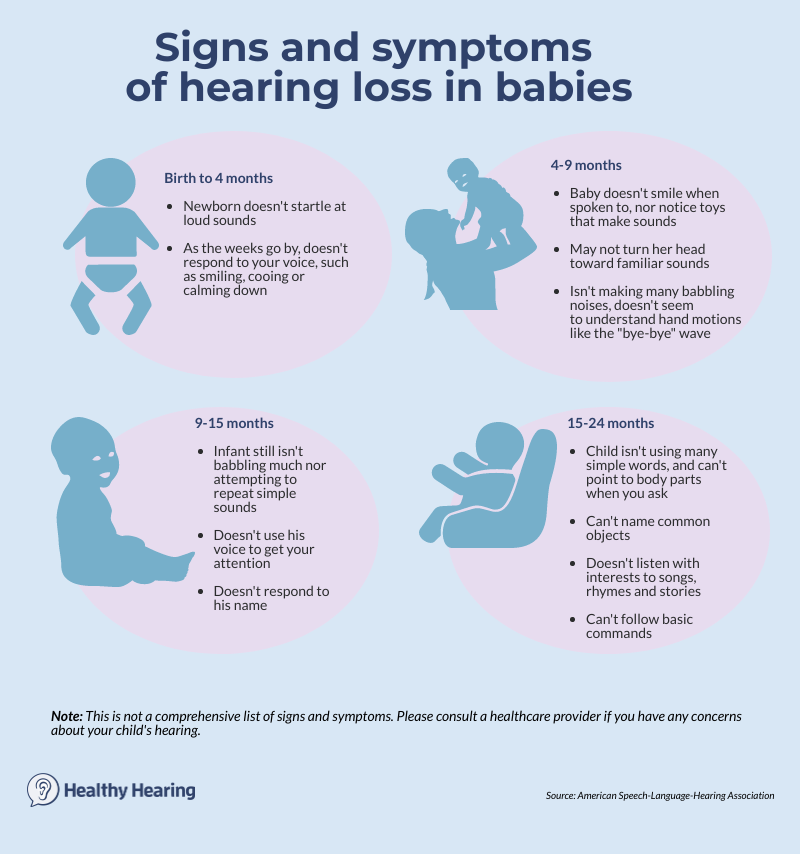
Looking for a hearing pediatric hearing specialist near you?
If you're looking for a pediatric hearing specialist, take a look at our directory of hearing experts to find a provider near you. Keep in mind, that not all practices may offer services for children, so be sure to ask before making an appointment.
The above is the interpretation of Newborn Hearing Screening: A Guide for New Parents provided by Chinese hearing aid supplier Shenrui Medical. Link https://www.srmcm.com/Blog/Newborn_Hearing_Screening_A_Guide_for_New_Parents.html of this article is welcome to share and forward. For more hearing aid related information, please visit Blog or take a look at our Hearing aids products


